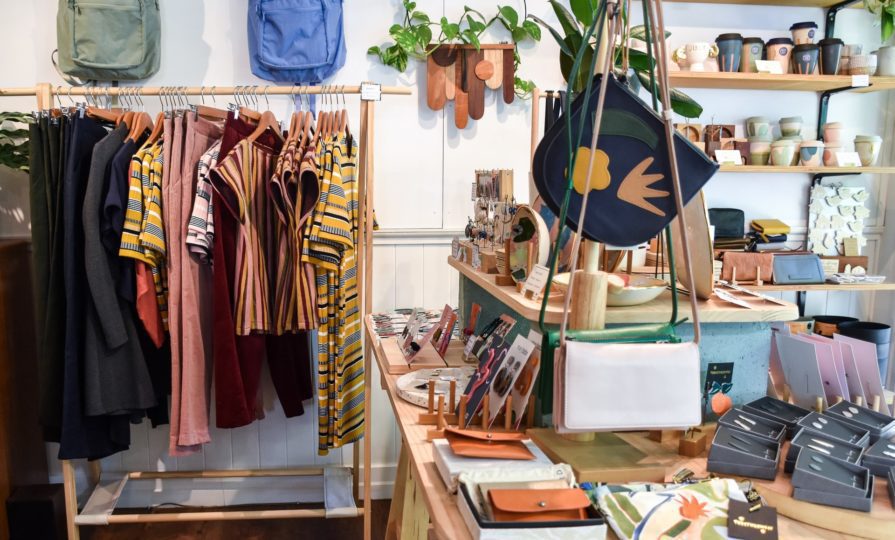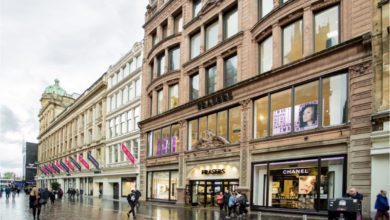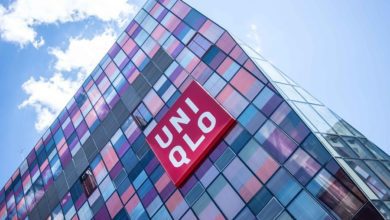Transparency in fashion – What it is and whether it’ll survive the Covid-19 pandemic

With the Coronavirus (COVID-19) pandemic keeping shoppers at home, clothing sales are plummeting faster than ever before. How the fashion industry redefines itself after nation-wide lockdowns will determine how it eventually recovers.
What is the Transparency Trend?
Transparency in the retail industry is promoted by activists and points out the environmental costs of fast, on-demand fashion. Though “fast fashion” may struggle once the economy reopens, it will continue to be a priority for most in the retail sector. The Fashion Transparency Index is now in its 5th year of listing where and under what conditions clothes are manufactured. Apparel making by impact investors may not resume until after 6 months or a year.
How is transparency measured?
Once secretive about how manufacturers sourced and processed materials along with keeping working conditions under wraps, the fashion world is now subject to the Fashion Transparency Index. The index annually surveys some 250 brands and retailers regarding business practices that include:
- Animal testing and welfare
- Biodiversity
- Use of chemicals
- Impact on climate
- Forced or child labour
- Working conditions and employee wages
In 2019, brands H&M and C&A topped the index.
Why is the Transparency Trend important?
On the whole, transparency is a marketing strategy, as it allows brands and companies to communicate certain information about its products to the public. Nonetheless, companies can still be selective about what they share, whether that means they disclose working conditions but leave out any information on wages.
Some of this information is used to appeal to other businesses, not just consumers. What looks to sell most in high-end women and menswear pitches is factories that produce a low carbon footprint and are equally as energy-efficient. Most of the time, transparency has proven itself beneficial to most retail companies.
Transparency, however, doesn’t always mean that a company’s materials are ethically sourced, nor are its employees and labourers treated fairly. This has since caused a dip in support and sales from millennials and Gen Z, who continue to rally for sustainable fashion.
The greatest takeaway from the Fashion Transparency Index is that most brands lack transparency altogether, though the trend continues to progress. Additionally, the survey found that mid-price brands are adopting the trend more readily than high-fashion brands who have already experienced longevity, and have begun to feel pressure from consumers against controversies such as the fur trade or animal testing.
Since the rise of the COVID-19 pandemic, the index has revealed recurring trends in overconsumption along with the poor living wages of workers within the supply chain. It’s since coaxed brands to disclose how they’re approaching the climate crisis, among other things.
In the coming months, companies will have to focus on trimming down on major excess inventory. Capital firms are beginning to collaborate with clothing retailers in order to incorporate sustainable innovations.
Conclusion
As the COVID-19 pandemic is prolonged, consumers have spent more time and effort becoming increasingly world-focused and curious about where and how products are manufactured.
If you’re among those keeping up with online retail news, click over to us at Retail Sector, where we share with you all the latest retail news in the UK!









